MISSION BLUE
NEW MANAGEMENT PLAN APPROVED FOR THE CORDILLERA DE COIBA HOPE SPOT IN PANAMA
Mission blue
NEW MANAGEMENT PLAN APPROVED FOR THE CORDILLERA DE COIBA HOPE SPOT IN PANAMA
I
n June 2021, Panama expanded the Cordillera de Coiba Marine Protected Area from approximately 17,000 to 68,000 square kilometers, accomplishing the goal of the Global Biodiversity Framework’s “30×30 Initiative” to protect 30% of the marine areas of the country by 2030. Less than a year later, in February 2022, Héctor Guzmán, a marine biologist with the Smithsonian Tropical Research Institute (STRI), together with a multidisciplinary consulting team, delivered the final management plan for the expanded protected area that was recently approved by the Ministry of the Environment of Panama, according to resolution number DM-No. 0089-2022 of March 3rd, 2022.
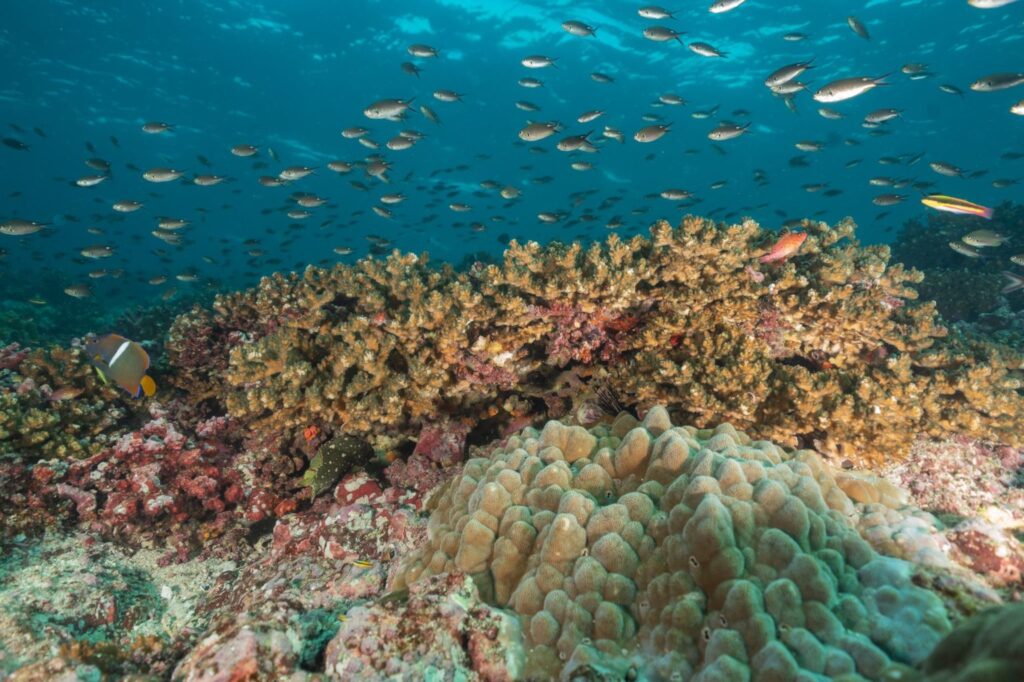
(c) Max Bello
The expanded Cordillera de Coiba protected area, located 100 km south of Coiba National Park, is unique in that it has several underwater mountain ranges teeming with undiscovered biodiversity. This ecosystem protects fourteen marine mammal species that use it as a migration and feeding area like the blue whale, the sperm whale and the northern fin whale, as well as sea turtles, marlins, sharks and other species, most of which are vulnerable or endangered according to the International Union for Conservation of Nature (IUCN).
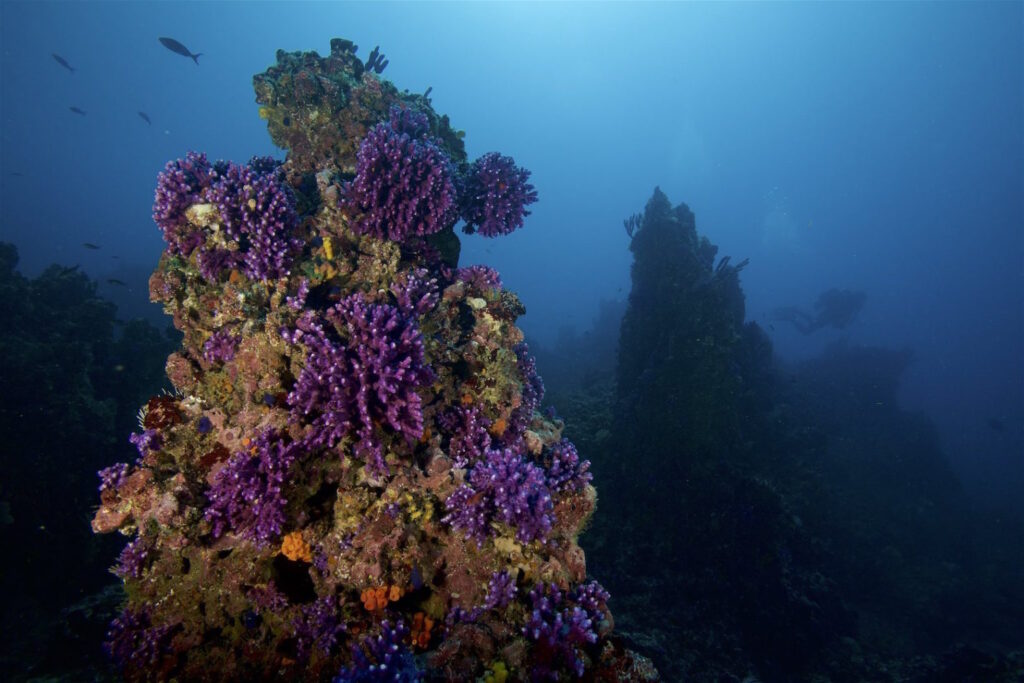
Blue Coral (Distichopora robusta) growing on submarine rock outcrops at approx 15-20 M depth off the SW corner of Jicarita Island. This unique coral species was first discovered here at this location, and is only known from small areas of Coiba National Park and some nearby sites in the Gulf of Chiriqui. (c) Tim Laman
The expansion of the Cordillera de Coiba marine protected area improves the connectivity of the Eastern Tropical Pacific Marine Corridor, strengthening the conservation and sustainable use of protected waters between Isla de Coco in Costa Rica, Galapagos in Ecuador, Malpelo and Gorgona in Colombia and Coiba in Panama.
“Months of hard work with our consulting team and more than 20 citizen consultations allowed us to design and justify the extension and the Management Plan of the Cordillera de Coiba protected area,” said Guzmán. “Thanks to the funds from the Wyss Foundation and STRI and the support of the MissionBlue Foundation, the Migramar Network and the local authorities for making this work possible.”
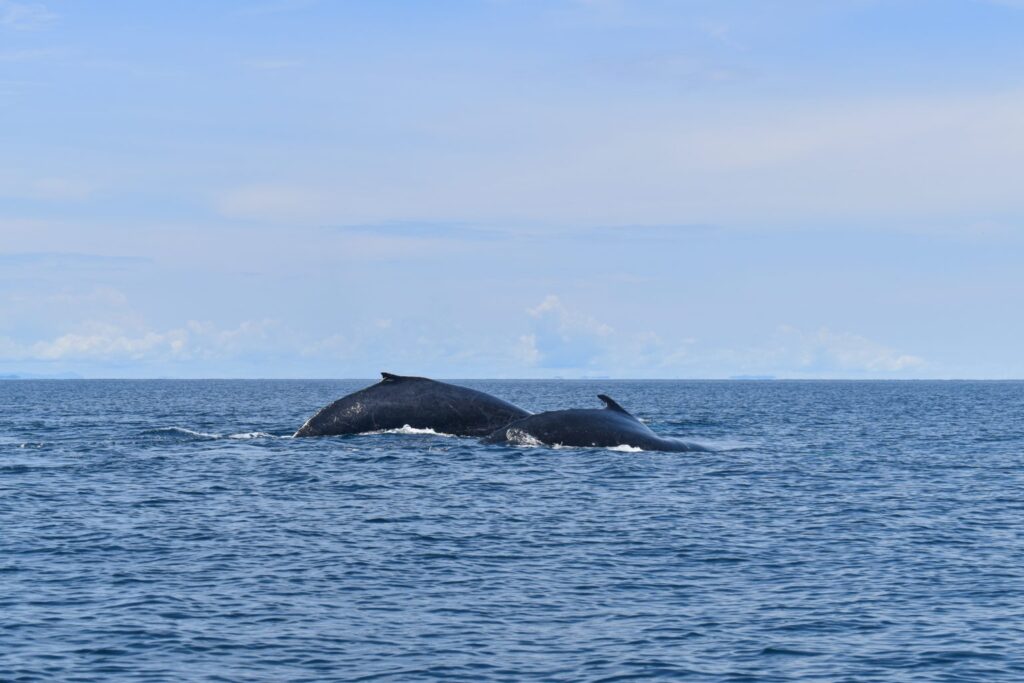
Humpback whales (c) Candy Real
“It was a new experience for me to be able to coordinate with Hector such a large conservation effort for Panama, and we succeeded,” said Marco Díaz, general coordinator of the consulting team.
The plan entirely prohibits fishing in two thirds of the protected area, and only sustainable fishing, such as pole and line fishing, is allowed in the remaining third, which must be regulated appropriately. This will reduce bycatch of migratory species, which endangers the health of the oceans.
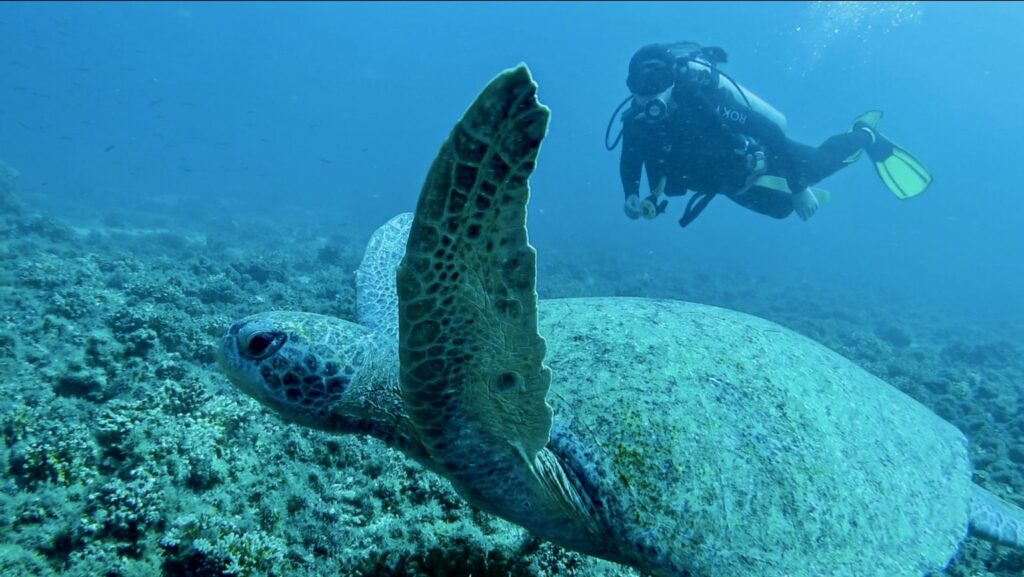
Diver and turtle (c) Juan David Paris
It also proposes a novel and dynamic zoning that must be re-evaluated every two years in adaptation to climate change and fisheries management, as well as a governance committee made up of representatives of the different local and international stakeholders for administration of the management plan. Among other things, the committee will ensure the approval of scientific research in the area, establish policies for the conservation and sustainable use of the protected area and manage the required assistance for meeting its objectives and improving its conditions.
“Thanks to the Blue Nature Alliance consortium, we were able to obtain additional funds for Panama to establish, for the first time in the country, a satellite monitoring system for the fishing fleet, which allows us to eradicate illegal fishing and control legal fishing,” Guzmán said. “This will be a genuinely protected area”
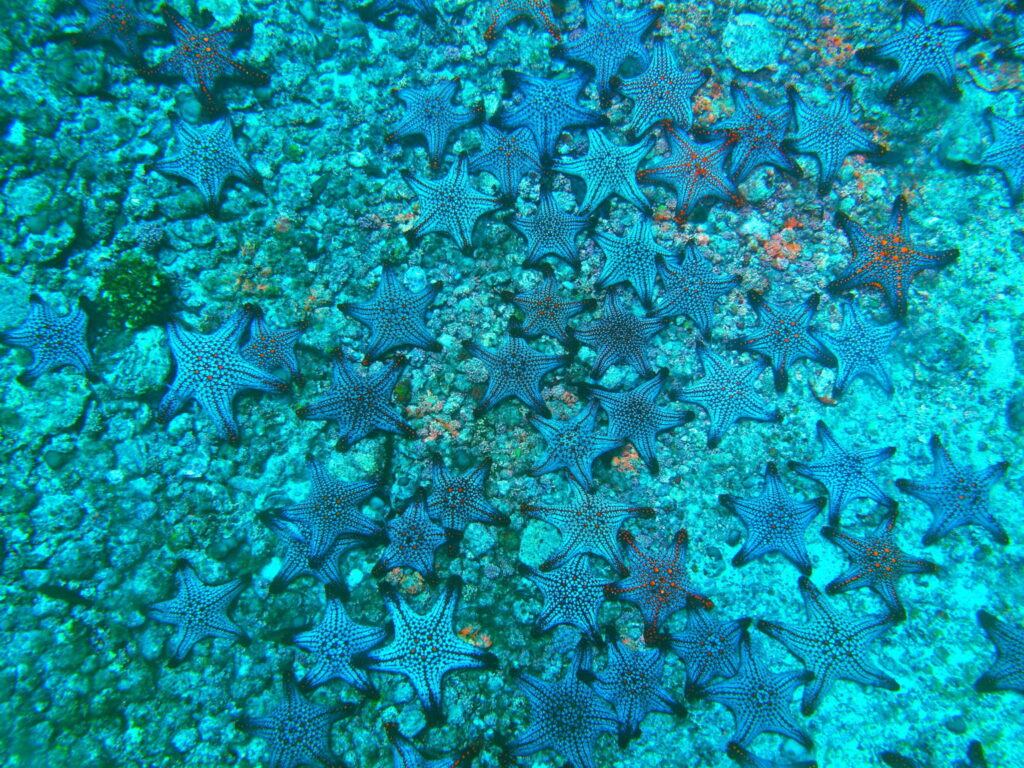
Sea stars over rhodolith (c) Kevan Mantell
For STRI director, Joshua Tewksbury, it is a source of pride that the Institute has been part of the multidisciplinary interagency team that developed the justification for the expansion and the management plan for the expanded Cordillera de Coiba protected area and hopes to continue making science-based collaborations that allow the country to fulfill other milestones in favor of sustainability.
The Smithsonian Tropical Research Institute, headquartered in Panama City, Panama, is part of the Smithsonian Institution. The Institute furthers the understanding of tropical nature and its importance to human welfare, trains students to conduct research in the tropics and promotes conservation by increasing public awareness of the beauty and importance of tropical ecosystems.
Héctor GuzmánMarine conservation biologist
Héctor Guzmán, marine conservation biologist of the Smithsonian Institution, worked on the development and drafting of the plan for the management of the expanded protected area. He is also the Champion of the Cordillera de Coiba Hope Spot. To learn more about this Hope Spot, click here.
ONCE KRAKEN, NOW TENTA-KOOL! ANTHROZOOLOGY OF OCTOPUSES
MANJARI MISRA
NEW MANAGEMENT PLAN APPROVED FOR THE CORDILLERA DE COIBA HOPE SPOT IN PANAMA
Mission Blue
SELECTED POEMS
KELSEY YAP

















































